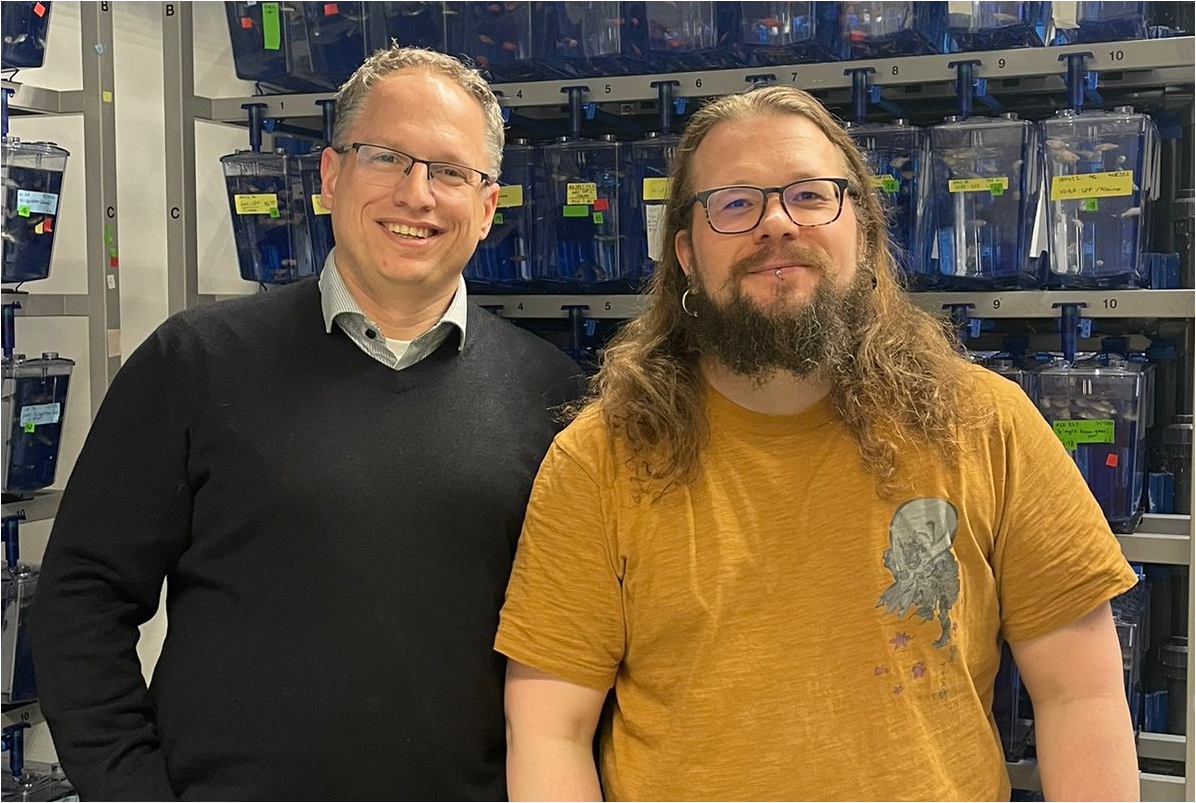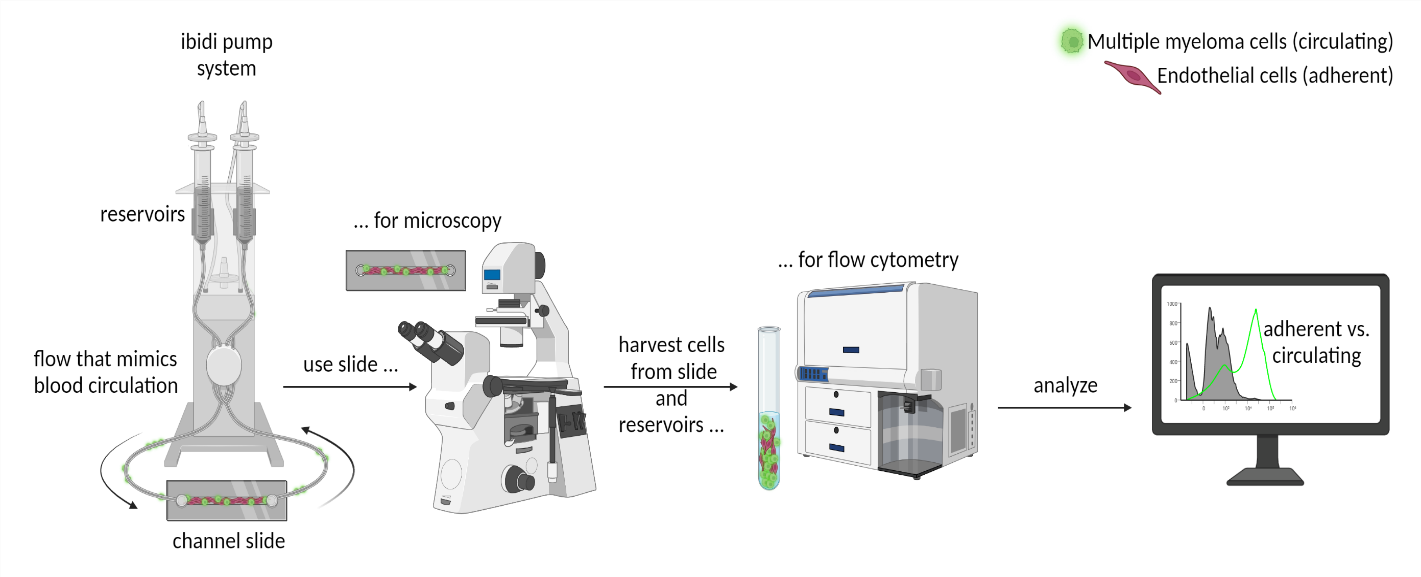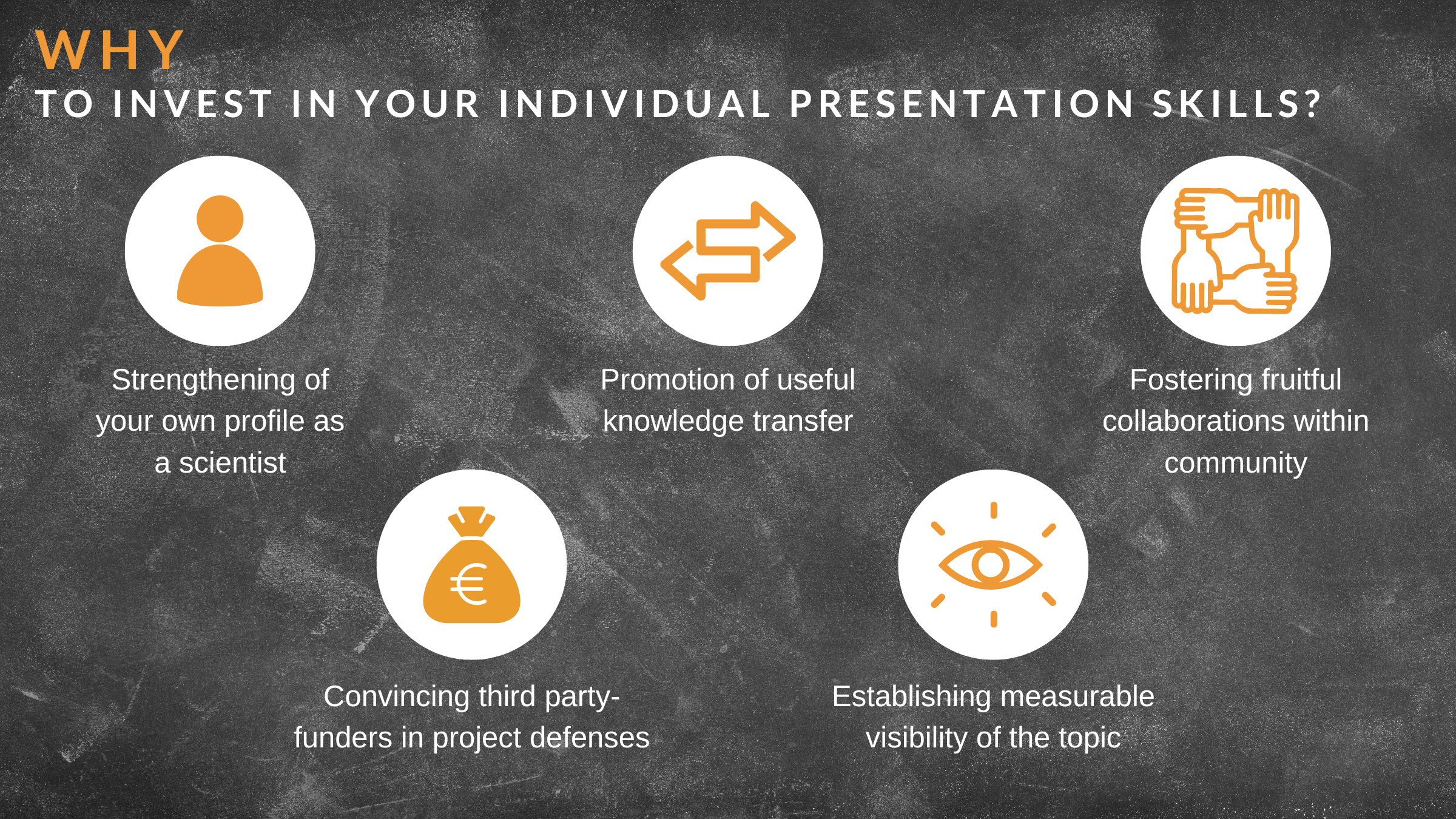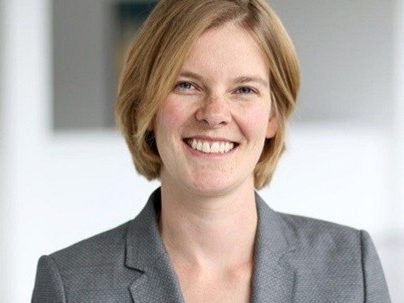Arwin Groenewoud and Felix Engel, UK Erlangen
Traditionally, we are working on heart development and regeneration as well as cardiac tissue engineering, focusing on methods to get cardiomyocytes to regain proliferative capacity (a thing they quickly lose after embryogenesis).
While we realized over years that is very difficult to get cardiomyocytes to proliferate, we wondered if we should better learn from these cells how to stop proliferation. Notably, no cancer is known based on postnatal cardiomyocyte proliferation. Therefore, we wrote a grant entitled “IQGAP3: from heart development to cancer therapy targets” which was generously funded by the Wilhelm Sander Stiftung.
Based on our zebrafish experience, we proposed to study metastasis in zebrafish. With the grant money, we were lucky to be able to recruit Arwin who had worked already over 6 years on cancer in zebrafish including breast cancer and bone metastasis. Therefore, when the µbone call came, we were fortunately bold enough to apply, even though the Engel lab had more or less no publication in the cancer field. Yet, the data from Arwin’s master thesis and a very fancy new idea for a zebrafish model to study the communication between cancer cells and stroma cells convinced the reviewers.
Since then, we have been able to engage scientifically with our local community generating new zebrafish cancer models (ferroptosis in bladder cancer, ferroptosis in metastatic breast cancer), acquiring additional funds to support high end transcriptomic and lipidomics analyses of our models (local Interdisciplinary Center for Clinical Research and the Bavarian Center for Cancer Research). At the same time, we have been able to support the µbone consortium members with zebrafish models of bone metastasis and sharing reagents such as modified cell lines.
Currently we are looking forward to finish up our models, which will allow us to cellularly and molecularly dissect different stages of breast and prostate bone metastasis formation. This will eventually lead to the generation of novel insights in a still largely mysterious phase of a deadly disease, and could result in specialized therapeutic strategies to prevent or treat otherwise deadly bone metastases.
We are looking forward to an exciting, stimulating and successful time with the members of the µbone consortium.
Arwin and Felix




